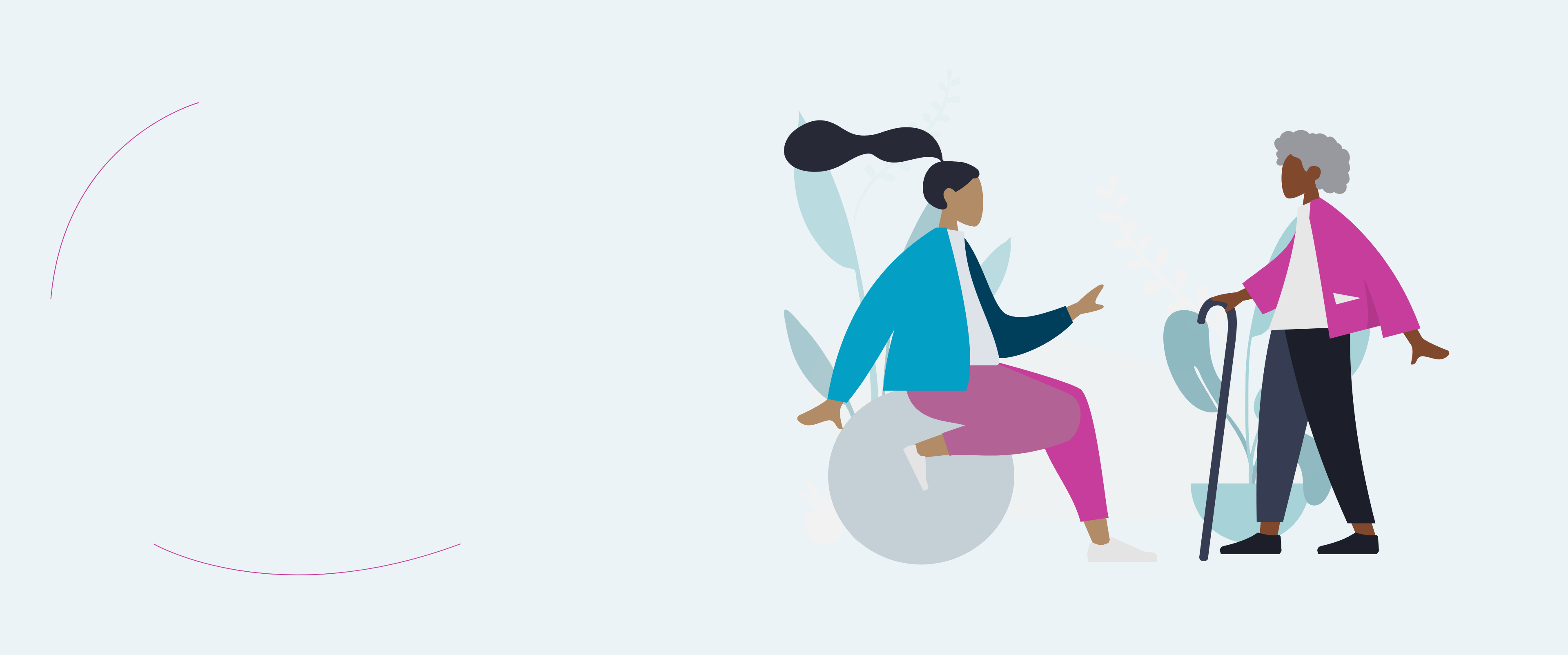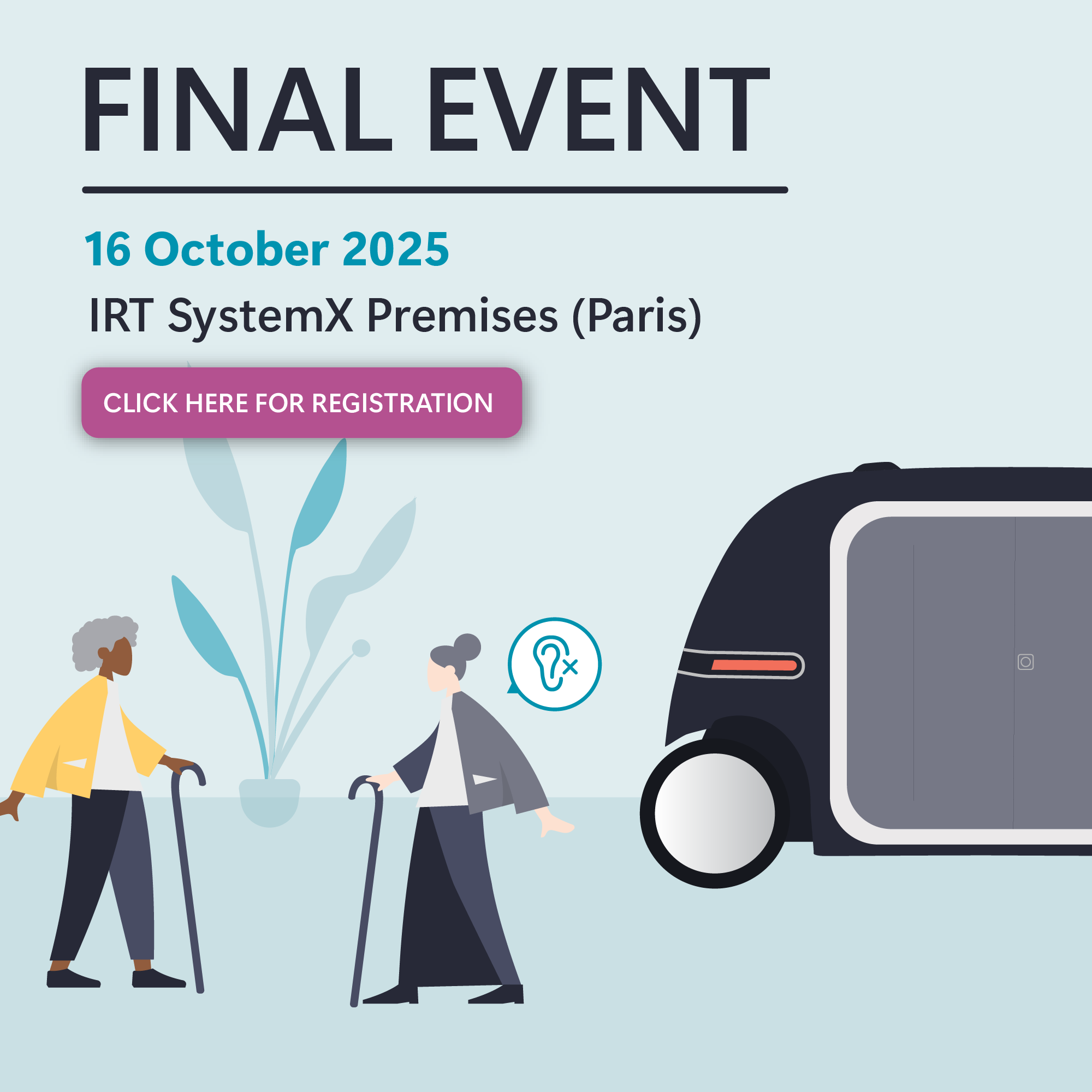
AWARE2ALL Final Event: A Resounding Success in Paris, Showcasing the Future of Inclusive Automotive Safety
27 / 10 / 25
Paris, France – October 16, 2025 – The AWARE2ALL project, a pioneering research and innovation initiative funded by the European Commission, culminated in a highly successful Final Event last week. Hosted at the state-of-the-art facilities of IRT System X in Paris, the day brought together consortium partners, key stakeholders, and interested parties for a comprehensive […]






